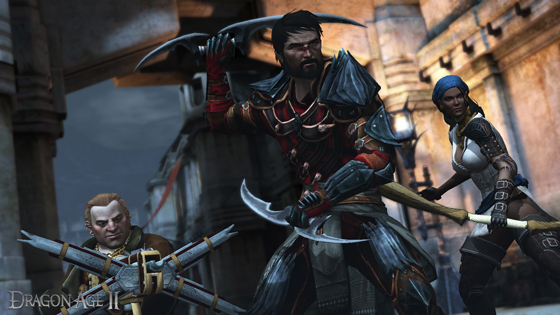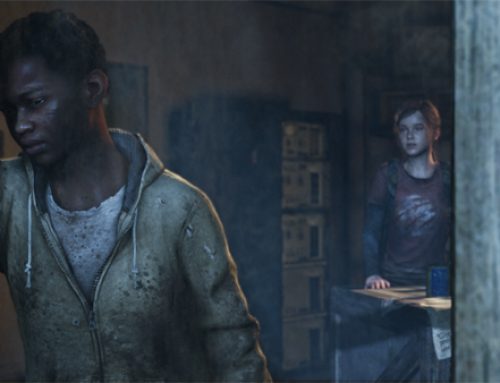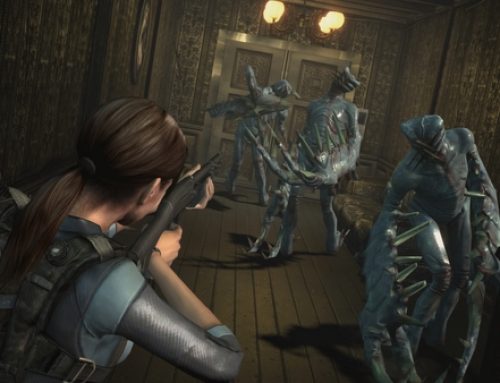With “Dragon Age II,” blockbuster role-playing game factory BioWare tries to shake up the swords-and-sorcery formula by moving the core story out of dragon-filled caves and the ruins of ancient temples. Instead of bouncing from settlement to settlement in search of adventure, players will spend the bulk of their time in Kirkwall, a refugee-packed medieval metropolis being pulled in different directions by disparate political factions.
The game (rated M, $60 for PC, Xbox 360 and PlayStation 3) begins with a storyline concurrent to my 2009 game of the year, “Dragon Age: Origins.” The main character, a man or woman named Hawke, is fleeing that game’s marauding Darkspawn hordes with his or her family, eventually ending up living with an uncle in the slums of Kirkwall, an independent city to the north of Ferelden, the kingdom from the first game. Over the course of the game, Hawke makes a name for herself, restores her family’s lost honor and becomes a political mover and shaker, befriending the usual coterie of companions.
BioWare has taken some heat for the move to the city, with critics arguing they get tired of revisiting the same handful of locales over and over in each phase of the game. While these critics have a point – I’m as sick of the undercity-like Darktown as anyone else – fault lies more with Bioware’s level design than with the fundamental concept of an urban RPG.
BioWare’s well-written, engaging story lines with interesting characters and dialogue win it legions of fans, but we’ve generally overlooked a consistent weakness: Though BioWare is peerless in creating fantasy and science fiction worlds – complete with thousand-year histories fraught with racial and social tension – the levels through which its characters traipse have evolved little since mid-‘90s and early ‘00s classics “Baldur’s Gate” and “Star Wars: Knights of the Old Republic.”
In the past six years, while fellow RPG powerhouse Bethesda Softworks’ has infused its cities with personality by giving their denizens 24-hour schedules and regular routines and motivations, BioWare has largely stuck with static levels in which clusters of people stand around doing nothing until you walk up to them and strike up a conversation. The fact that “Dragon Age II” lets you visit its locales during the daytime as well as at night doesn’t fix this. “Nighttime” largely means the streets are empty except for relevant plot points and roving bands of thugs who attack on site.
Kirkwall, it seems, is “the city that sleeps,” and the fact that you’re revisiting some areas dozens of times makes the dated level design that much moreso. Even the towns in a more casual role-playing like “Fable III” feel more alive than Kirkwall.
What’s more, BioWare’s tendency to recycle cave and building layouts, a problem that temporarily disappeared for last year’s “Mass Effect 2,” is back in full force here. On the few instances in which you leave Kirkwall or enter a building, you’ll be fighting your way through the same handful of dungeons and rooms over and over again. The only difference is that sometimes you’ll enter through what was the “exit” on another map and work your way backward. The net result is an experience that feels bogged down by the developer’s shortcuts.
That’s not to say “Dragon Age II” is a terrible game. The tale of the Champion of Kirkwall is worth experiencing, packed with memorable sidekicks, deep historical context, political intrigue and even a little modern allegory. (The debates on how much free rein mages should have in Kirkwall echo our own political discussions about civil and religious freedoms in the wake of Sept. 11, 2001.)
The cast of supporting characters is again top-notch, with the wisecracking, yarn-spinning dwarf Varric a highlight. With a tendency to cuddle with his crossbow, named Bianca, and give nearly every character a goofy nickname, Varric was the one character I made sure was always at Hawke’s side. He’s the first dwarf I’ve encountered in a fantasy role-playing game who didn’t seem straight out of central casting, which also makes him the first dwarf character I actually liked. As it happens, Varric tells the story in “Dragon Age II,” a sort of tale within a tale that allows BioWare to employ some clever narrative trickery.
It’s too bad, then, that the allegorical storytelling and metanarrative embellishment get bogged down by what often feels like mid-2000s gameplay. Even the efforts to streamline “DAII” and make it more action-oriented and console-friendly don’t totally pay off.
As with “Mass Effect 2,” efforts to pare down inventory and equipment management go too far. While Hawke’s equipment is customizable, you’re not allowed to change out any of your cohorts’ armor, and weapon management rarely rises above comparing two items side-by-side and going with the one that does more damage. A 6-year-old could do it.
While the overhauled combat engine does feel more streamlined and less awkward, it also felt ridiculously easy. The main factor that seemed to determine success or failure in any given battle was in how my squadmates were positioned, which meant tactical decisions about which abilities to use or whom to attack felt superfluous on the default difficulty setting.
All that said, I come to BioWare games for the fleshed-out settings and characters, and “Dragon Age II” still delivers a great experience on those fronts. Many of its problems would have been fixable with more development time or more of an effort at creating a Kirkwall teeming with interesting inhabitants beyond the player-controlled characters and a handful of VIPs. Hopefully BioWare takes another crack at the urban role-playing game down the line and doesn’t write off “Dragon Age II” as an unsuccessful experiment.




